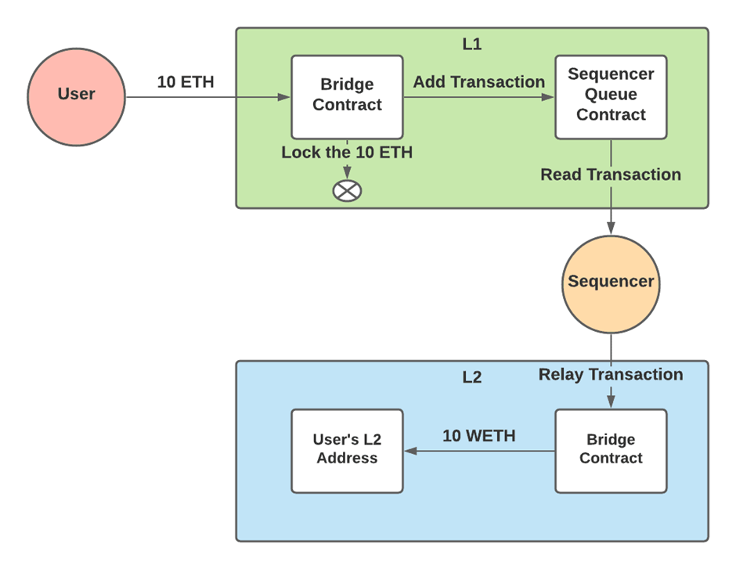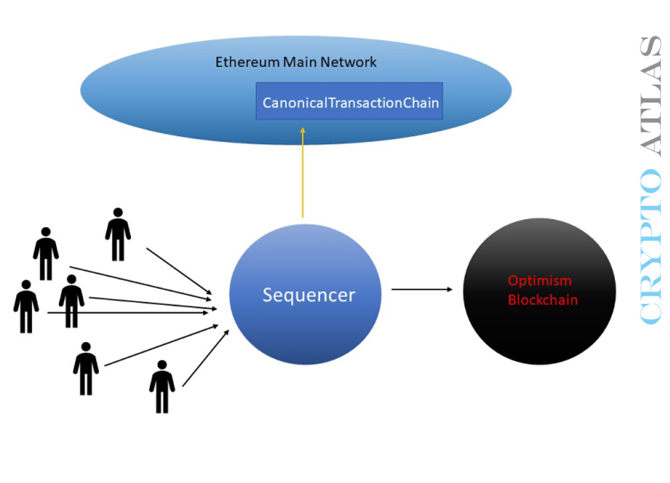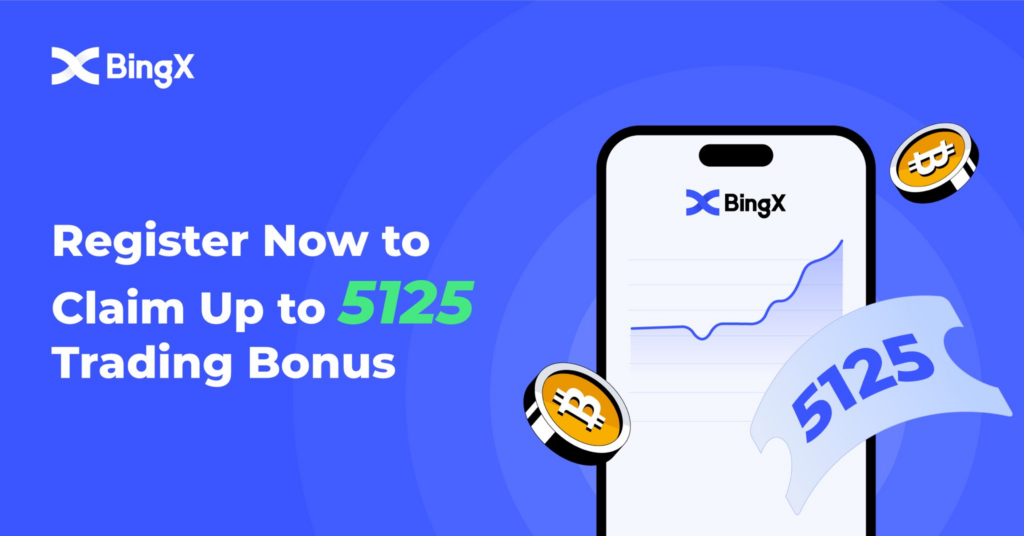Sequencers are mechanisms that play a vital role in determining the order of transactions within the blockchain. While many people may not be familiar with Sequencers and their significance, they are essential components that face unique challenges.
In this article, we will explore the concept of Sequencers, their functioning, and the various types known to us. Using Ethereum as an example, we will delve into the importance of Sequencers and the issues they encounter. We will also discuss potential solutions to these challenges.
Sequencers: An Overview
A Sequencer is a component or mechanism present in a blockchain protocol that helps establish the transaction order. Its primary function is to ensure consistency and integrity within the blockchain. In decentralized networks like Bitcoin and Ethereum, multiple participants, often referred to as nodes, contribute to confirming and recording transactions. However, conflicts may arise when multiple transactions cannot be included simultaneously due to conflicting information.

For instance, if two transactions attempt to spend the same cryptocurrency unit, only one can be accepted to prevent double-spending. To resolve such conflicts and establish a specific order, Sequencers come into play. While the implementation may differ across blockchain protocols, Sequencers typically handle:
- Timestamping: Assigning a timestamp to each transaction to record the order of their reception by the network.
- Consensus algorithms: Utilizing consensus algorithms such as proof-of-work (PoW) or proof-of-stake (PoS) to determine the transaction order based on the agreement of network participants.
- Block formation: Grouping transactions into blocks and determining the order of blocks in the blockchain. This involves organizing and confirming transactions to create new blocks added to the blockchain.
By incorporating a Sequencer into the blockchain protocol, the network ensures that transactions are processed in a consistent order, safeguarding against double-spending and preserving the integrity of the ledger.
Sequencers in the Ethereum Ecosystem
Sequencers have garnered significant attention within the Ethereum ecosystem, primarily due to the emergence of rollups. Rollups are tools designed to enhance Ethereum's scalability. In general, users sign transactions on a rollup and submit them to the Sequencer for sorting and execution. Sequencers play a crucial role in supporting transaction verification, data compression, and sending batches of data directly to Ethereum through a single transaction.
While Sequencers fulfill specific tasks related to transaction processing and ordering, each Ethereum roll-up solution employs its own unique queuing method. However, this exclusivity poses a potential challenge, leading to centralization and fragility risks for Ethereum and its ecosystem. This issue is evident in popular roll-up solutions like Arbitrum and Optimism, which rely on their centralized Sequencers.
The Centralization Issue: Optimism Example
Optimism, as an Ethereum Layer-2 scaling solution, operates with a single Sequencer. This centralized approach prioritizes scalability over security or decentralization. While a single Sequencer enables efficient transaction verification and execution, it also presents drawbacks. With OP Labs PBC operating as the sole Sequencer, the entity holds complete responsibility for the entire process. This concentration of power raises concerns about potential transaction censorship if the entity decides to censor transactions under regulatory or governmental pressure.
Centralization not only jeopardizes transaction censorship but also affects the functioning of both the Sequencer and the associated rollup. Consequently, there is an increasing need to explore decentralized solutions for this aspect of the Ethereum ecosystem.
The Solution: Shared Sequencer Network
One proposed solution to address the centralization issue is the concept of a “shared sequencer network” put forth by Josh Bowen, CEO of Astria. This approach suggests centralizing the block production process at the Sequencer layer of a rollup. However, instead of each roll-up having its own centralized process, a shared Sequencer network would be utilized. This offers several benefits, including addressing concerns related to centralization and facilitating faster development and deployment of Sequencers. Developers can leverage a shared Sequencer, eliminating the need to build solutions from scratch.
Optimism's Approach to Address Centralization
While a fully functional shared Sequencer network is still a work in progress, OP Labs has devised its own plan to tackle the centralization issue. One such initiative is the Schnorr Sequencer.

The Schnorr Sequencer combines Zero-Knowledge Proofs (ZKPs) and optimistic rollup methods to address scalability challenges. ZKPs ensure trustless accuracy in execution results, making them ideal for Layer-2 solutions. However, ZKP computations can be time-consuming for multi-purpose rollups. The Schnorr Sequencer employs game theory and a commitment system to create a faster transaction ordering system.
In this model, per-transaction commitments replace the grouping of transactions. The Sequencer and the sender complete a Schnorr signature for a specific transaction index, ensuring a commitment to include the transaction at that index. The process involves the sender initiating communication with the Sequencer, receiving an index for the transaction, generating a partial signature, and completing the Schnorr signature. The Sequencer then publishes this information and sends a batch of transactions. If a transaction with the given index is not included in the batch, the Sequencer is penalized. This approach enables instant per-transaction commitments if the Sequencer provides the necessary signature data.
The Schnorr Sequencer, also known as MPC-based Sequencers, offers immediate commitment capability, benefiting low-throughput systems and application chains seeking to operate their own roll-up without the necessary throughput to send batches to Layer-1. In scenarios involving multiple nodes connected via a peer-to-peer network, broadcasting signatures and updating the state tree for each transaction allows for higher throughput processing.
Other Sequencers: Espresso Sequencer
The Ethereum ecosystem features several Sequencers beyond Optimism's implementation. One notable example is the Espresso Sequencer, designed to address challenges faced by existing Layer-2 architectures. The Espresso Sequencer functions as a decentralized scheduling network for rollups, aiming to provide secure, high-throughput, and low-latency transaction sequencing and availability. It envisions being a shared resource for both optimistic rollup and zk-rollup solutions, allowing rollups to achieve decentralization while benefiting from the advantages of a shared scheduling layer.

Recent plans by the group involved in creating the Espresso Sequencer include involving Ethereum validators through restocking contracts to ensure common security with Ethereum Layer-1.
Conclusion
Sequencers play a crucial role in the Ethereum network, offering significant benefits while also facing challenges. Recognizing the importance of continuous improvement, various groups are working on addressing these challenges. Solutions like shared Sequencer networks, Schnorr Sequencers, and the Espresso Sequencer aim to decentralize Sequencers and enhance the Ethereum ecosystem.

